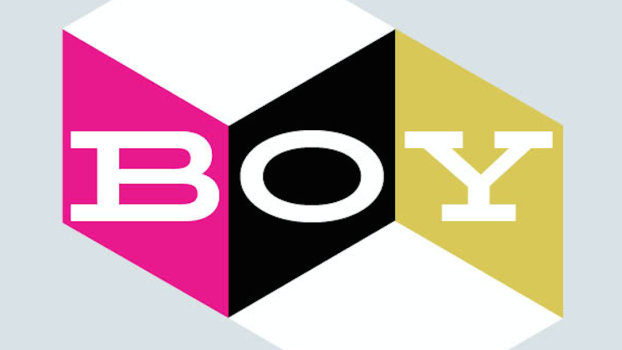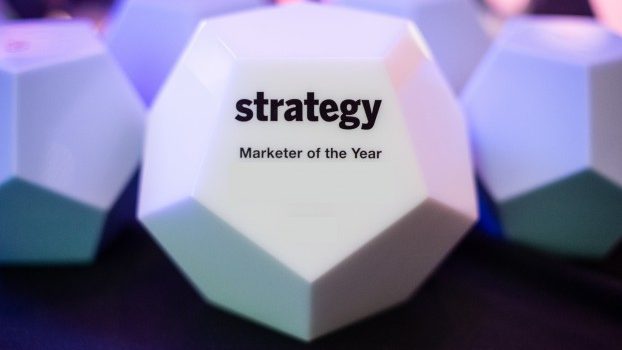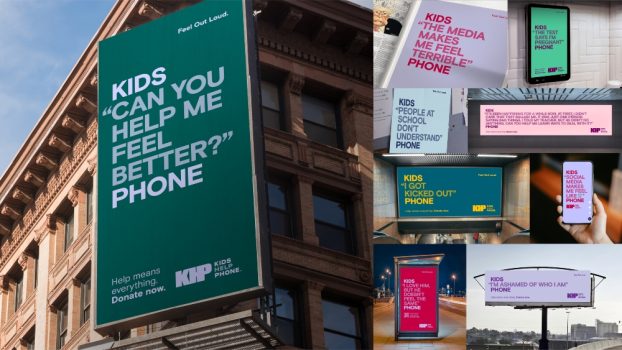By Michael Tamblyn
Recently, I went back to the board presentation we pitched when Kobo was just an idea, before Kobo was even called Kobo, in fact.
We had made many assumptions about the future of reading in the digital era. We thought reading was in for a radical transformation. But we were almost completely wrong. “Almost” is important, though, because here we are celebrating our 10th anniversary. Miracle? No. Dumb luck? Not that either, though there’s a bit of that involved, too.
In those earliest days we thought people reading on their phones would only be interested in content that was short and sweet. Wrong. We learned that what they really wanted was instant access to any book — all books — and the freedom to be able to fit reading into more parts of their day. We thought digital reading was going to attract kids (digital natives). Nope. Ebooks are the first digital revolution driven by people 40 and over.
We thought people would want everything on one device, that reading would naturally converge to Kobo’s app on a phone or a tablet along with the rest of their digital lives. Wrong again. Our most avid readers use eReaders because they are good for one very specific thing — reading — and let them escape from their phones and tablets.
And yet, in that first year, we still made almost $100 million in revenue. So we clearly weren’t all wrong. What did we get right? A shift was coming in how people read and we could create experiences that would make life easier and better for people who loved reading. We were also right in focusing on a particular quality — a combination of resilience and sureness of purpose — and in being willing to challenge all that we knew about the book industry.
It would be impossible to distil to a single list the attributes or decisions that ensure a business will make it a decade. The qualities, the people, the tactics that you need in the first year aren’t necessarily the same ones you need in the fifth or tenth. But looking at our own journey, a few ideas do stand out.
We didn’t start out being customer-focused, but we got there. We developed an almost fanatical focus on the customer, and we stopped building things for the customer we wanted to have, and started building for the customer we actually had. That led us down many paths — including some that looked crazy at the time.
From the start, in 2009, we figured out what our company would need to look like in terms of capital, structure and go-to-market approach, to survive and thrive. We believed that, unlike in physical book retail, there wasn’t going to be an eBook service for France, and another for Canada, and another for Italy. We could see that no one company, and in fact no national book market, was big enough to sustain the level of investment that would be required to compete with Amazon or Apple or Google. There would be four or five eBook companies globally. We wanted to be one of them. It would be fiercely competitive and hugely capital intensive.
That led us to our first important decision that changed our paradigm and is the foundation of our business today. Instead of ceding the game to those giants, within our first year, we landed on the idea that we would compete collaboratively, build partnerships with every major book retailer anywhere in the world, and we would share customers to offer a great reading experience in any format they chose.
So, as much as we thought of ourselves as being in the book business, we knew we were also in the partnership business. We had to be as fanatical about working well with our retail customers as we are with our reading customers.
The understanding that we would be one of a few global companies meant that we built everything from the beginning on the assumption that we were international. We hired people who were experts in other markets. Even when we were tiny, we were tiny and global.
 At the same time, we let go of the gravitational pull of the U.S. While our competitors were all engaged in a very expensive fight for control of the U.S. market, we quickly and quietly expanded into every other country that looked like a candidate for digital growth starting with the U.K. in 2011, then moving on to Australia, France, Italy and more. We got very good at adding new markets, new currencies, new languages, and we gained months, sometimes years, of breathing room as competitors later struggled to scale and internationalize systems that had been built to serve the U.S. market alone.
At the same time, we let go of the gravitational pull of the U.S. While our competitors were all engaged in a very expensive fight for control of the U.S. market, we quickly and quietly expanded into every other country that looked like a candidate for digital growth starting with the U.K. in 2011, then moving on to Australia, France, Italy and more. We got very good at adding new markets, new currencies, new languages, and we gained months, sometimes years, of breathing room as competitors later struggled to scale and internationalize systems that had been built to serve the U.S. market alone.
In 2018, we were back in the U.S. through a partnership with Walmart, one of the largest booksellers in the world, who chose us in part because of our track record of working with other retailers around the world.
After ten years, we’re a global company with more than 30 million customers in 25 countries. We compete with titanic companies in eBooks because we have been able to keep focused on people who have books at the centre of their lives. We have enough data that we can build bespoke bookstores and reading experiences for our customers, delivering a level of curation that readers are hard pressed to find elsewhere.
Looking back, what changes after a decade in business? For us, the important thing is what will not change — a passion for the customer and a willingness to be wrong.
Now, in 2019, as we did in 2009, we have that same restlessness, a sense that things could be even better and a certainty that as we build the future of stories, we do it in service of readers, of the people who are deciding, day after day, that they want to spend their time with us.
 Michael Tamblyn is the CEO of Rakuten Kobo, a provider of audiobooks, eBooks and eReaders.
Michael Tamblyn is the CEO of Rakuten Kobo, a provider of audiobooks, eBooks and eReaders.

























